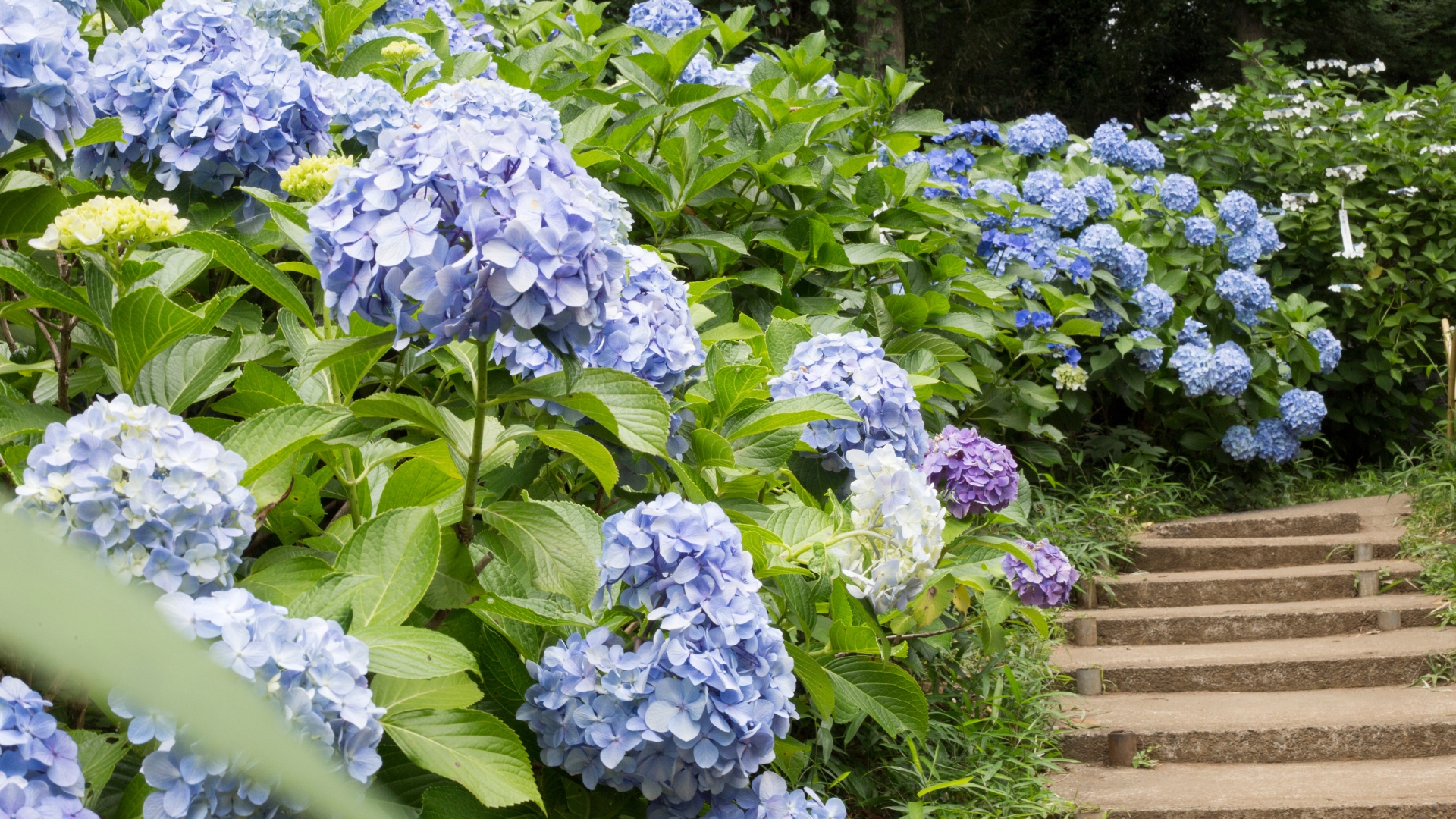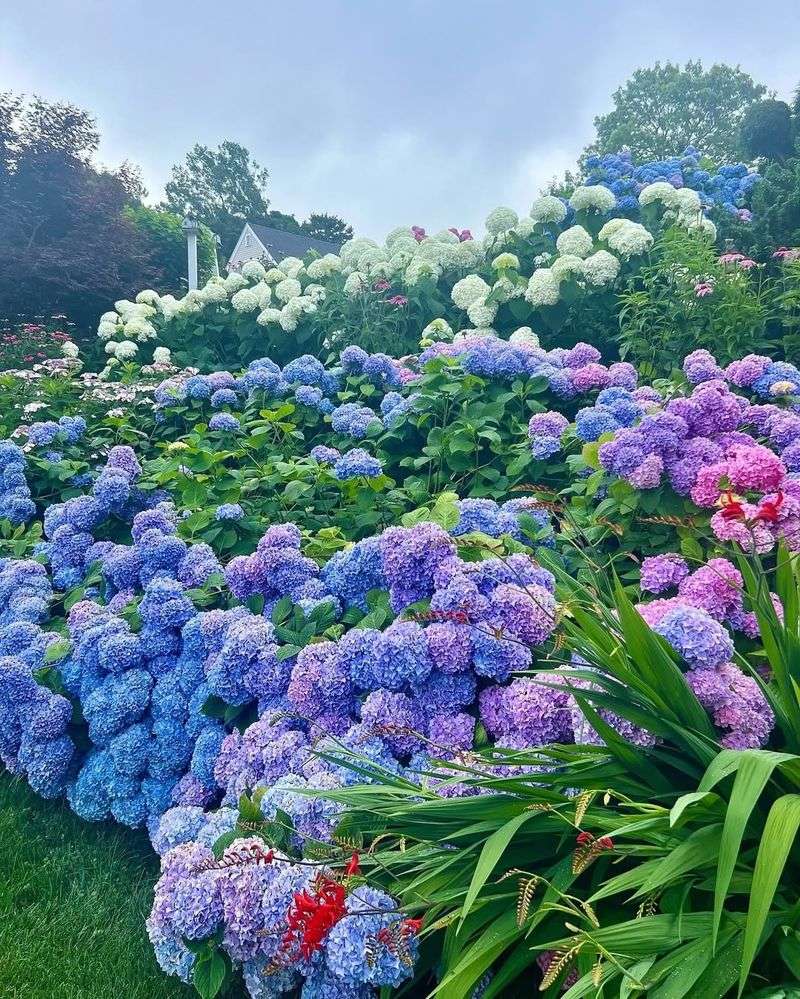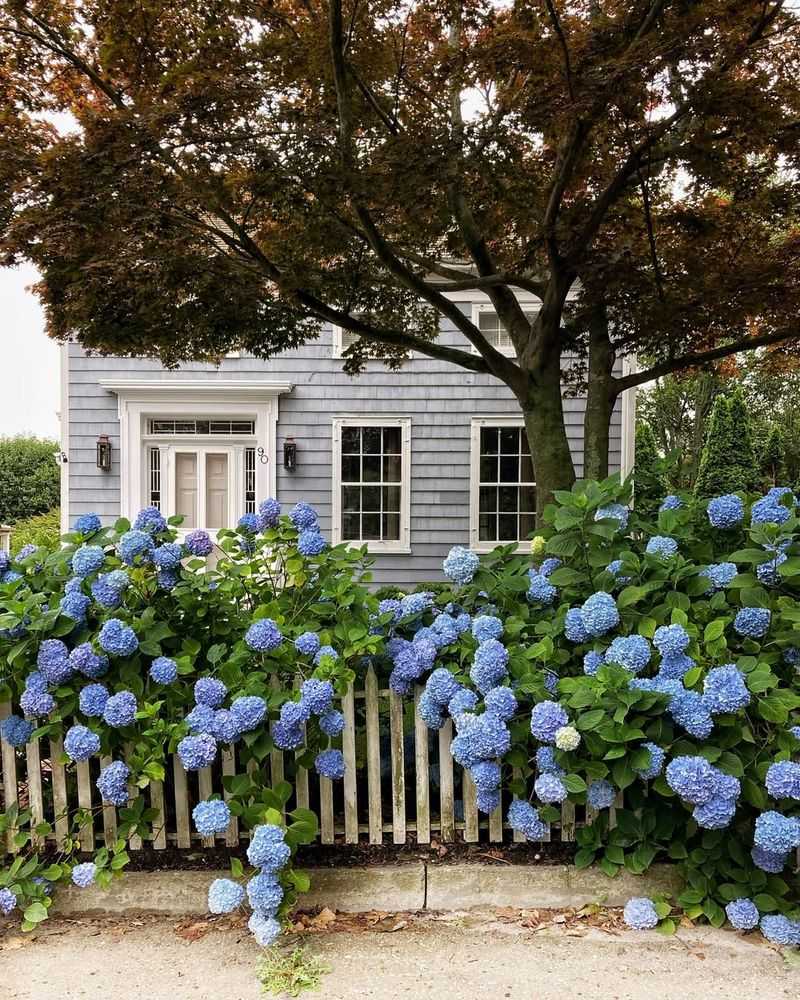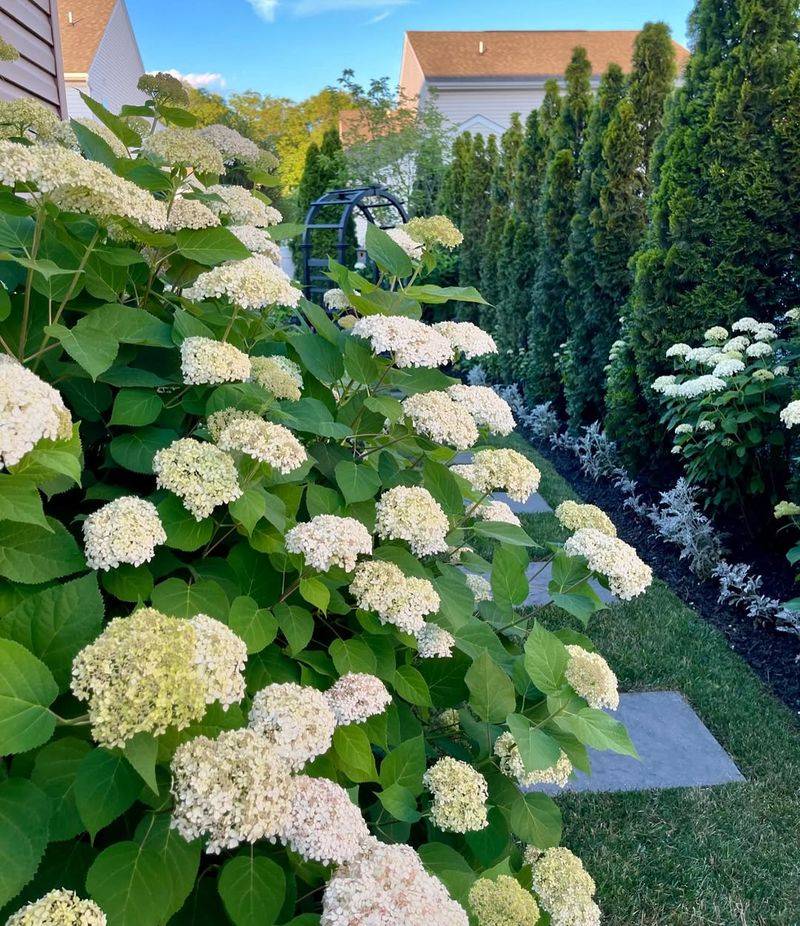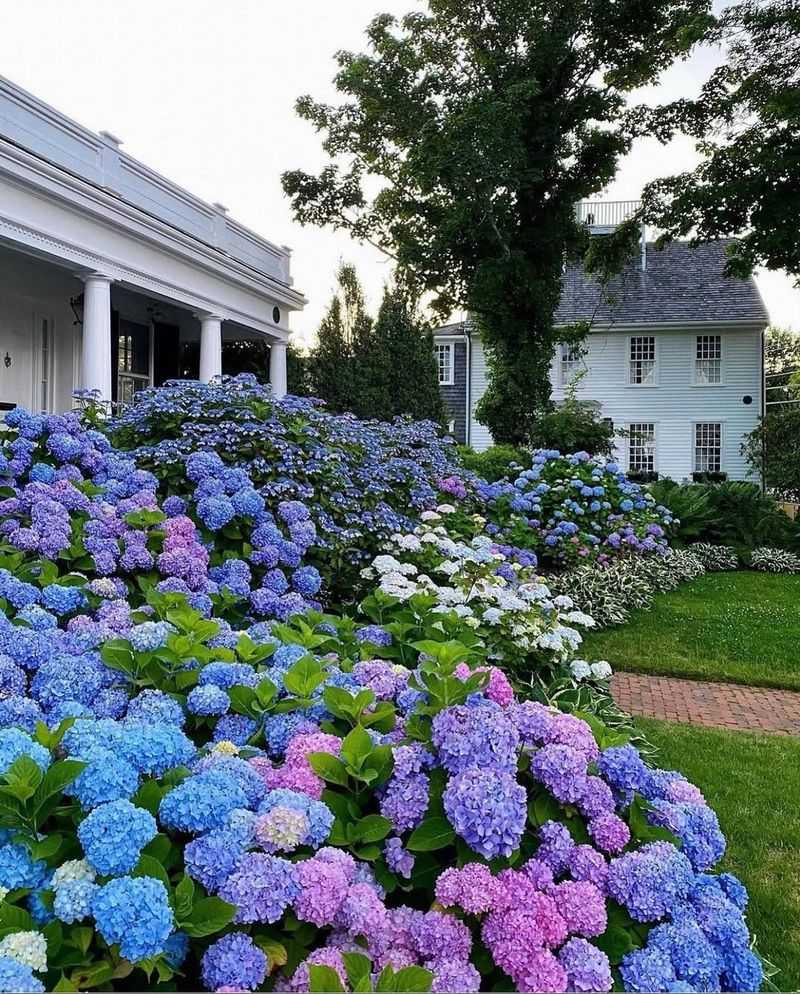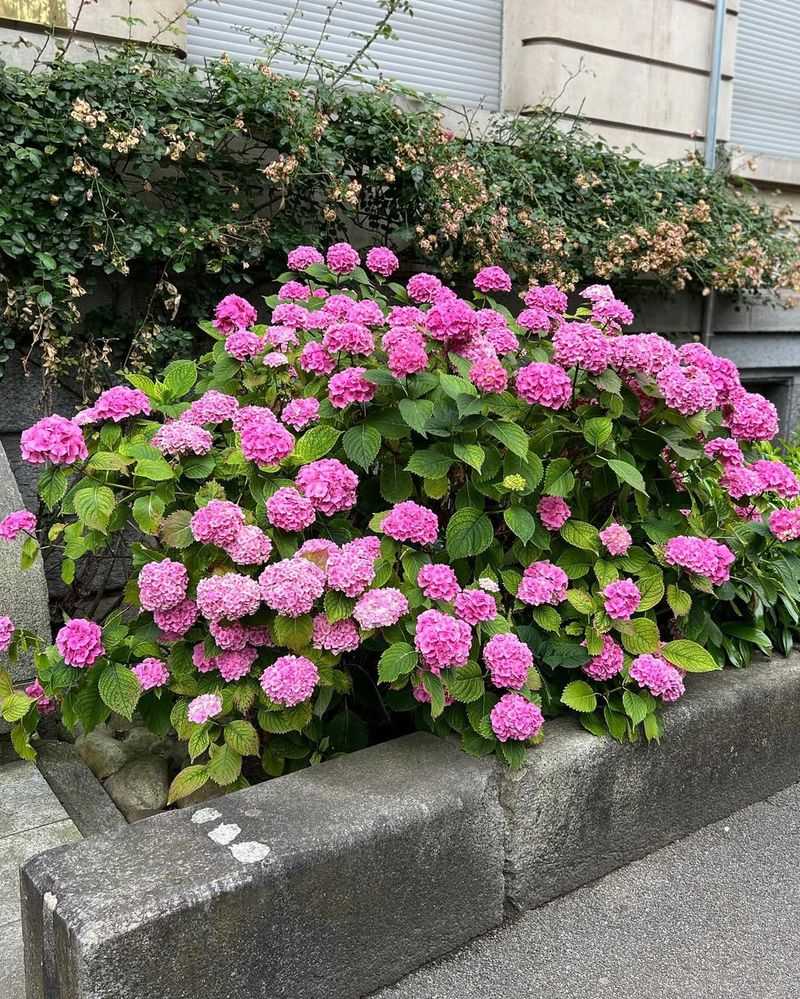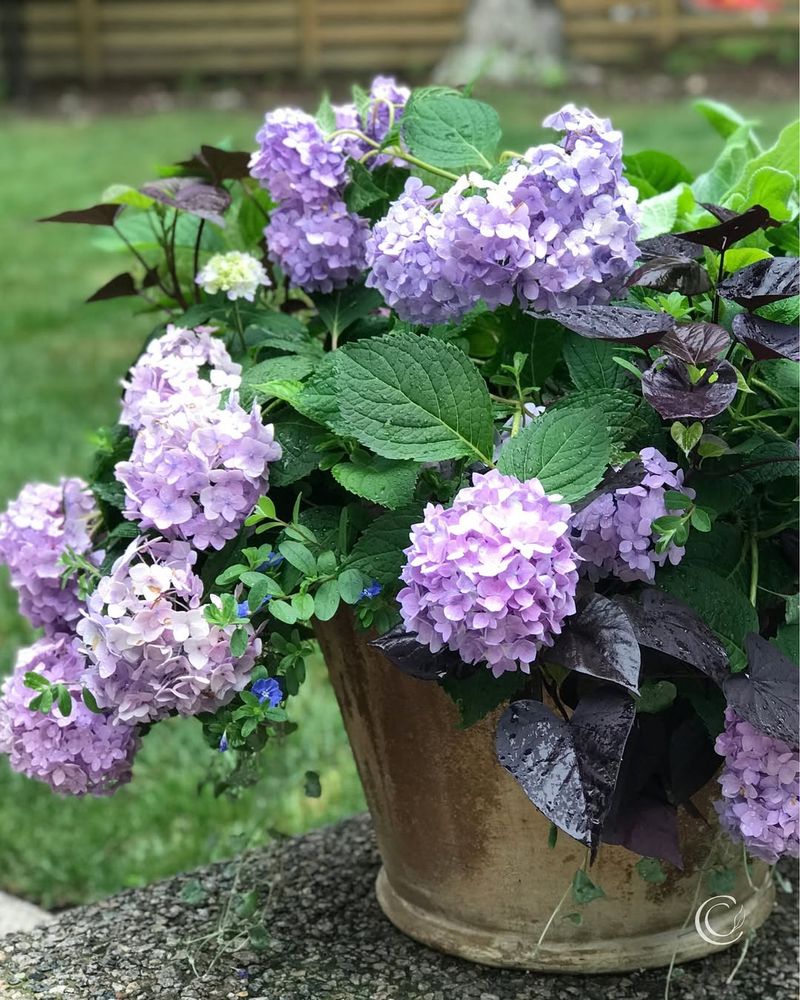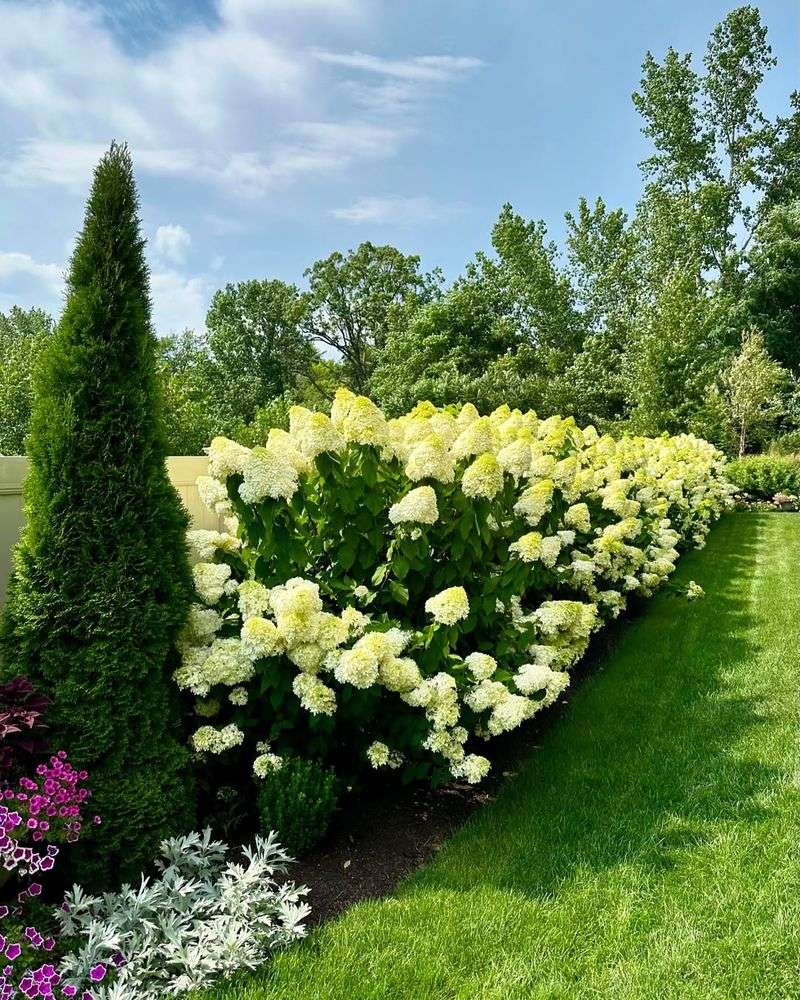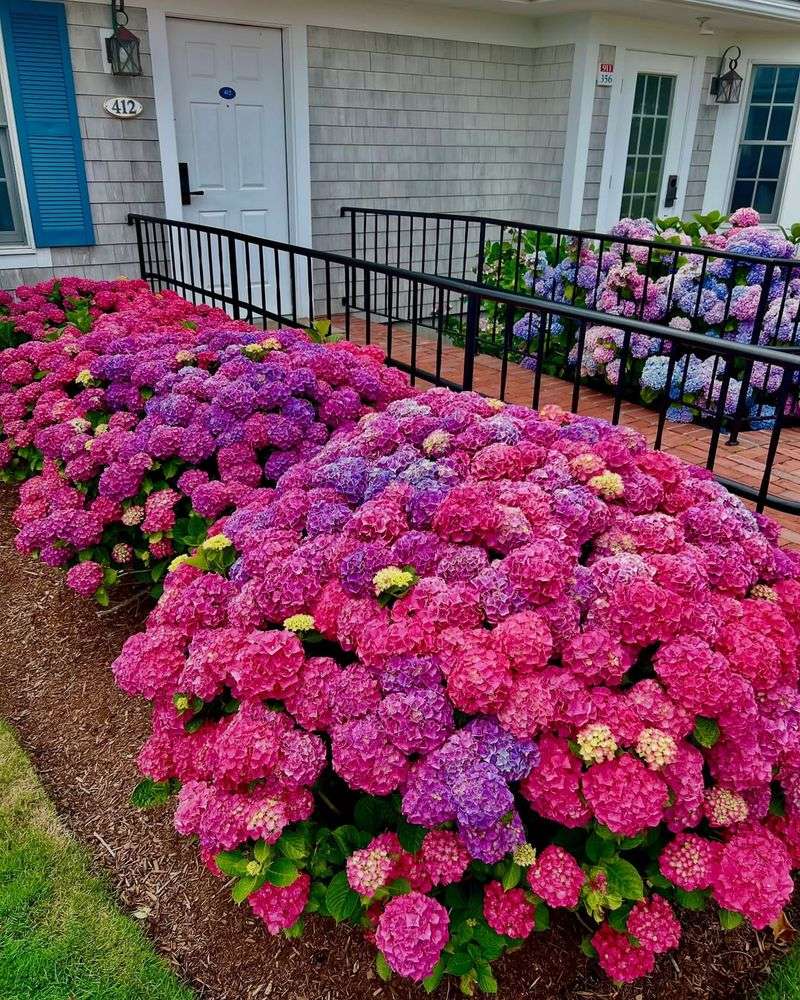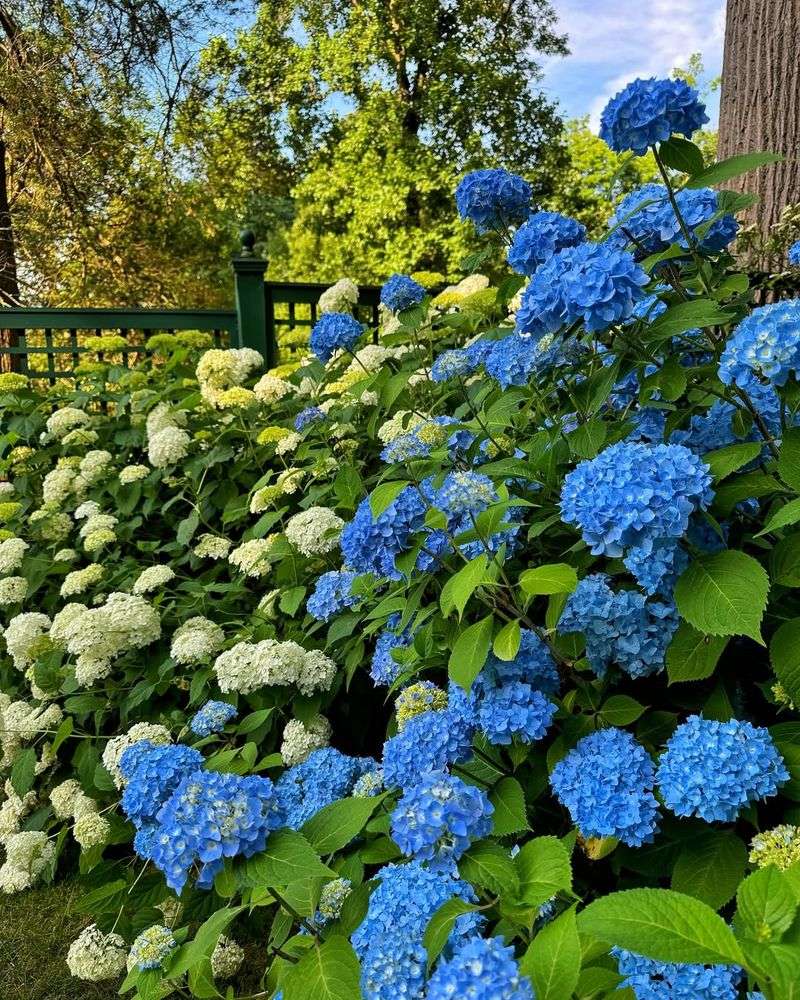Hydrangeas are garden showstoppers, bursting with lush blooms that can steal the spotlight—but only if they’re planted in the perfect spot! Whether you’re eyeing a sunny border, a shady retreat, or a charming corner by a fence, location is everything. The right placement means bigger, bolder, longer-lasting flowers, while the wrong one?
Let’s just say your hydrangeas might not be too happy. Should they cozy up to trees? Climb a trellis? Bask in the morning sun? We’ve got all the answers! Here are 10 must-know planting tips to help your hydrangeas flourish like never before.
1. Best Spots To Plant Hydrangeas For Stunning Blooms
In the quest for stunning blooms, location is everything. Hydrangeas thrive in spots where they enjoy morning sun and afternoon shade. Nestled in well-drained soil, away from harsh winds, they reward gardeners with a burst of color.
The presence of companion plants can also play a part, providing protection and enhancing aesthetics. Placing them near a fence or wall can offer additional support and shelter.
2. Sun Vs. Shade
Striking the perfect light balance can make or break your hydrangeas’ bloom potential. While some varieties crave more sun, others flourish in shady retreats. Too much sun might scorch their delicate petals, whereas too little can stunt their growth.
Mophead hydrangeas, for instance, prefer dappled shade, while panicle types bask in the sun. Understanding your specific variety’s light needs is crucial. Observing their natural habitat in nurseries can provide clues. Achieving this balance enhances their beauty while reducing stress on the plant.
3. How Soil Type Affects Hydrangea Growth And Color
Soil composition is a secret weapon in the hydrangea gardener’s arsenal. The pH level of the soil can dramatically sway the color of the blooms. Acidic soils result in vibrant blues, while alkaline conditions bring forth pinks and reds.
Well-drained, rich growing medium promotes robust growth and flowering. Amending the soil with organic matter improves its structure and nutrient content. Monitoring and adjusting the soil’s pH allows for a rainbow of blossoms in the garden.
4. The Ideal Garden Bed For Healthy Hydrangeas
Crafting the ideal garden bed involves a bit of preparation and planning. Start with well-loosened soil enriched with compost to boost fertility. Companion plants, such as ferns or hostas, can enhance the hydrangeas’ visual appeal and provide shade.
Proper spacing ensures each plant has room to grow and promotes air circulation. Regular mulching helps retain moisture and keeps weeds at bay. Consistent maintenance, including pruning and feeding, keeps your garden bed thriving.
5. Planting Hydrangeas Near Trees And Structures
Proximity to trees and structures presents both opportunities and challenges for hydrangeas. Trees can offer valuable shade, but may compete for water and nutrients. Structures like walls provide shelter and support for climbing varieties.
Careful consideration of the surrounding environment is essential. Too much competition might stunt hydrangea growth, but a well-chosen spot can enhance their beauty. Evaluating each location’s unique benefits and drawbacks aids in making the best planting decision.
6. How To Choose The Right Location For Different Hydrangea Varieties
Deciphering the best spot for each hydrangea variety can be a puzzle yet rewarding. Mophead hydrangeas gravitate towards dappled shade, while panicle types love full sun. Lacecap and oakleaf varieties prefer woodland settings with filtered light.
Climbing hydrangeas thrive when given vertical space on walls or trellises. Recognizing these preferences tailors the garden to suit each plant’s needs. Thoughtful placement caters to their specific requirements, resulting in a garden full of diverse and thriving hydrangeas.
7. Best Container Placement
Container gardening offers versatility and mobility for hydrangea enthusiasts. Choose a pot that’s large enough to accommodate root growth and ensure it has drainage holes. Position these pots in places with appropriate light, such as a partially shaded patio.
Regular hydration is crucial, as pots can dry out quickly, especially in sunny spots. The ability to move them allows adaptation to seasonal light changes. This flexibility makes container gardening a viable option for any garden space, even if limited.
8. Spacing Hydrangeas
Spacing is a pivotal factor in hydrangea garden design. Allowing enough room prevents overcrowding and ensures proper air circulation. This spacing reduces disease risk and promotes healthy growth.
Different species have varying space requirements; mopheads need more room than compact varieties. Visualizing the mature size of the plants aids in planning.
9. Effect of Climate And Weather On Hydrangea Placement
Climate plays a starring role in determining where hydrangeas should call home. In warmer zones, morning sun and afternoon shade protect against heat stress. In cooler climates, a sun-drenched spot encourages flowering.
Frost-prone areas require shelter to prevent damage. Humidity and seasonal rains also influence placement decisions. Being mindful of these climatic factors ensures hydrangeas thrive regardless of the weather.
10. Where Not To Plant Hydrangeas
Navigating the pitfalls of poor planting locations is crucial for hydrangea success. Avoid areas with poor drainage, which can lead to root rot. Steer clear of overly windy spots that can damage delicate blooms.
Overcrowding and excessive shade also hinder their growth. Recognizing these common mistakes can save time and heartbreak. By sidestepping these errors, gardeners can create a nurturing environment for their hydrangeas.

